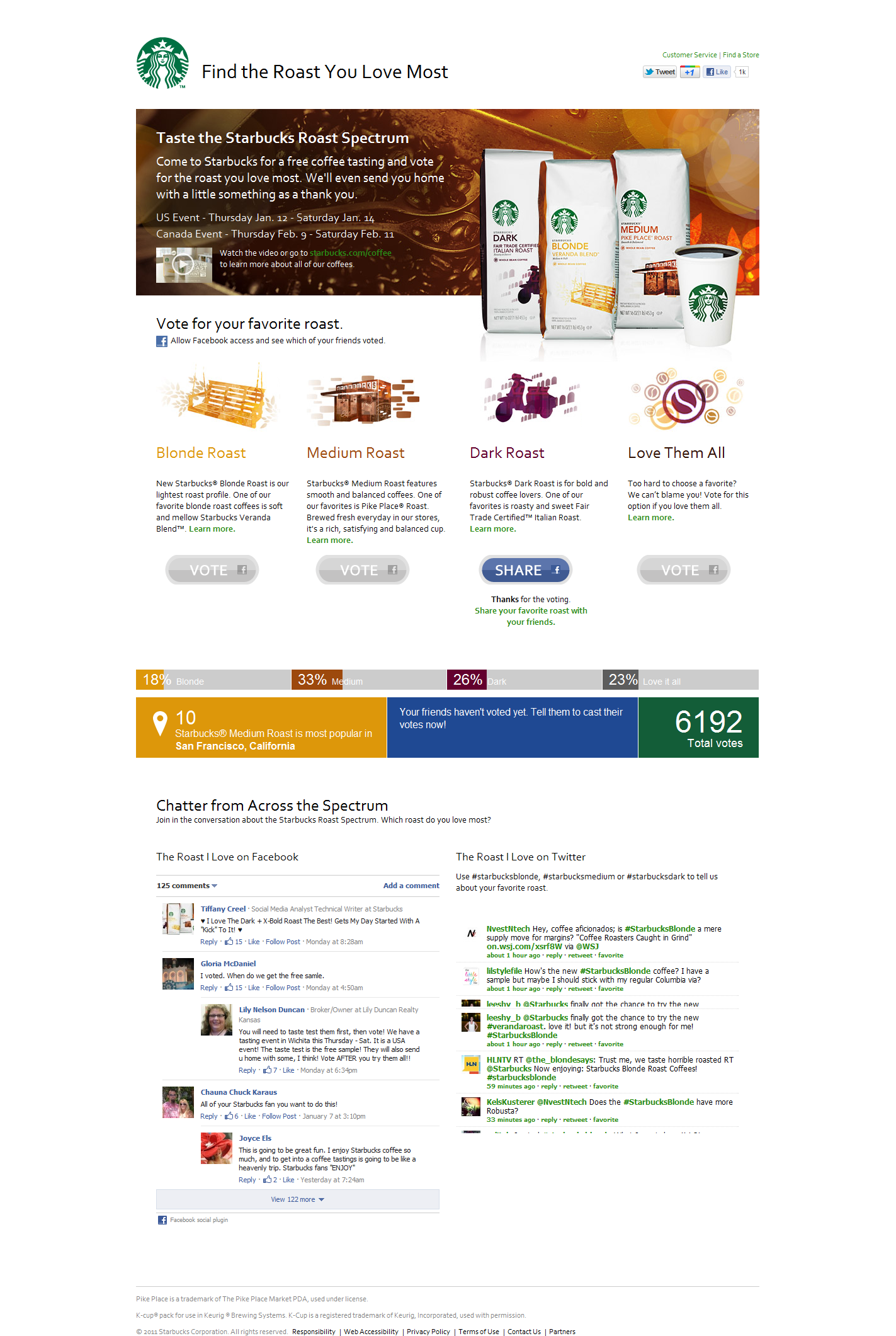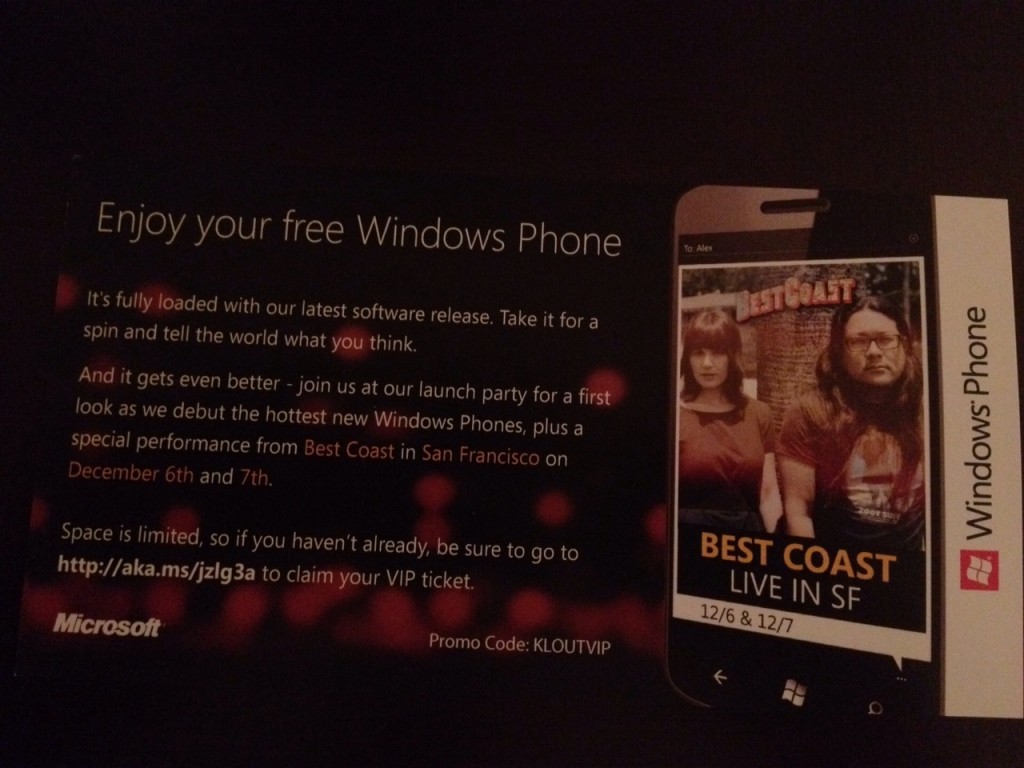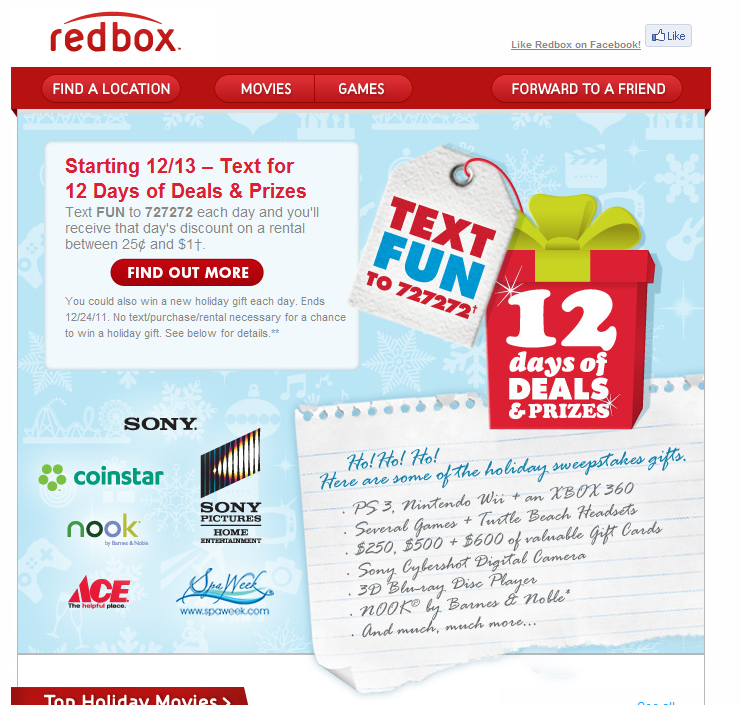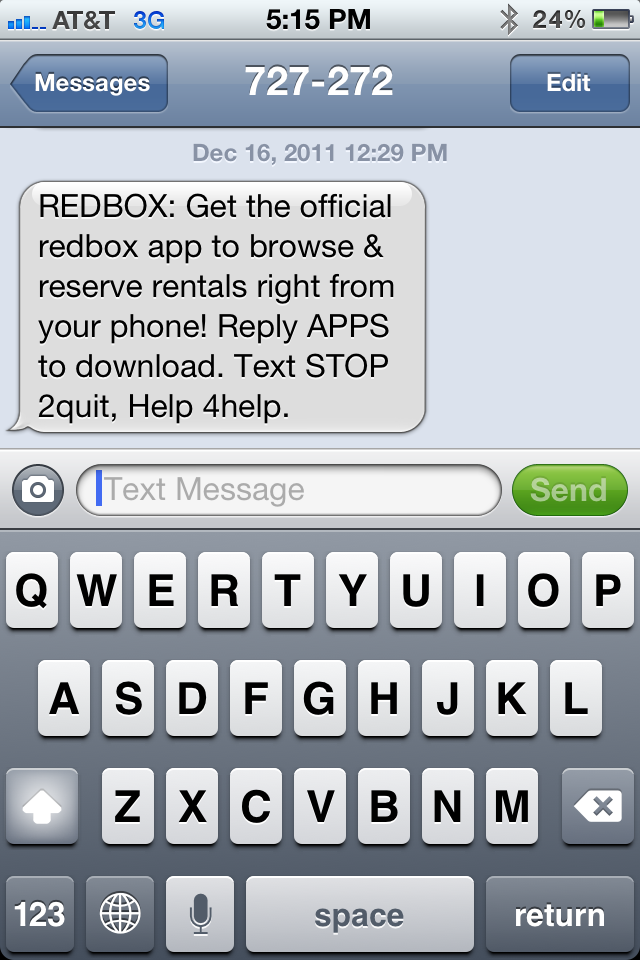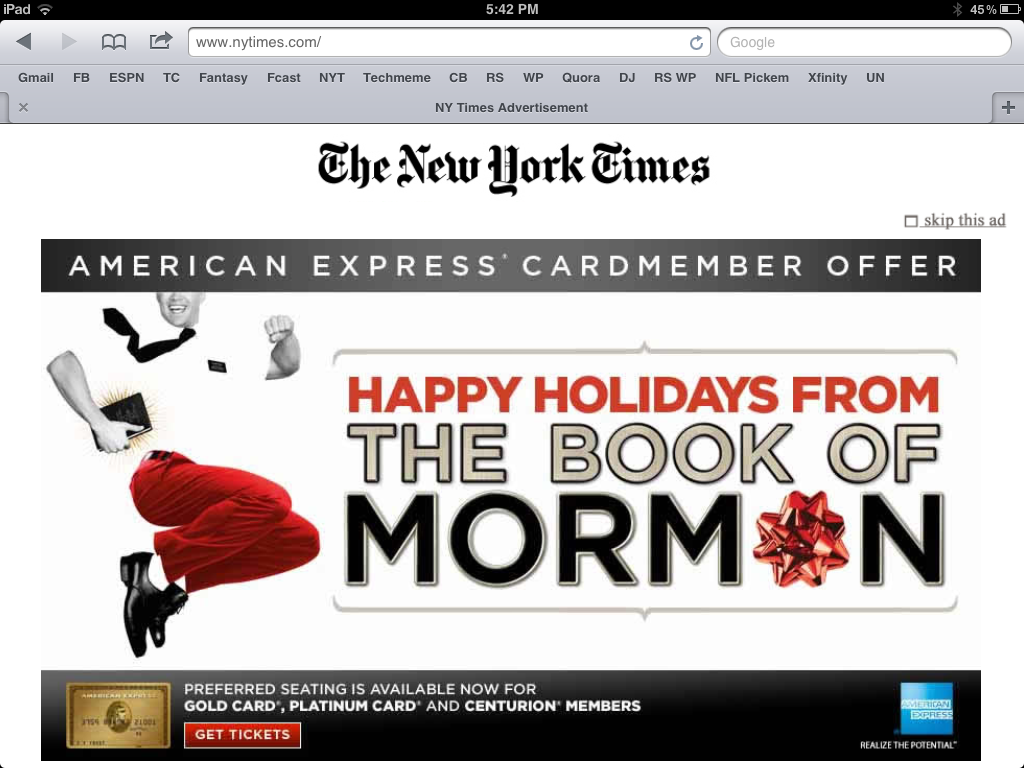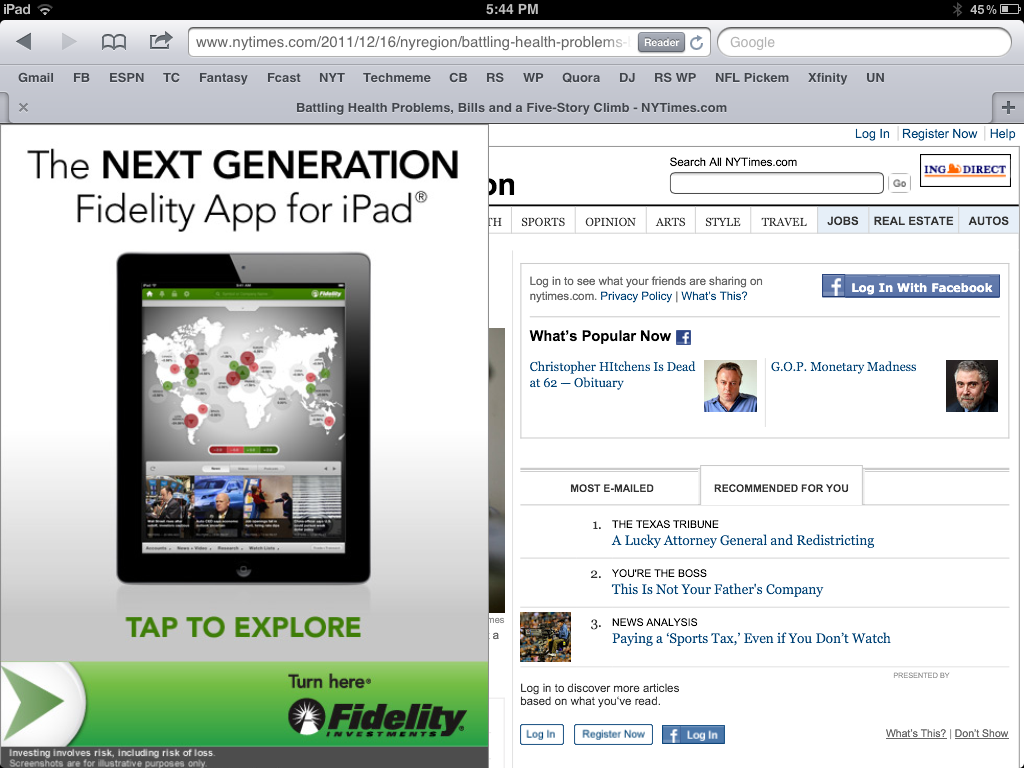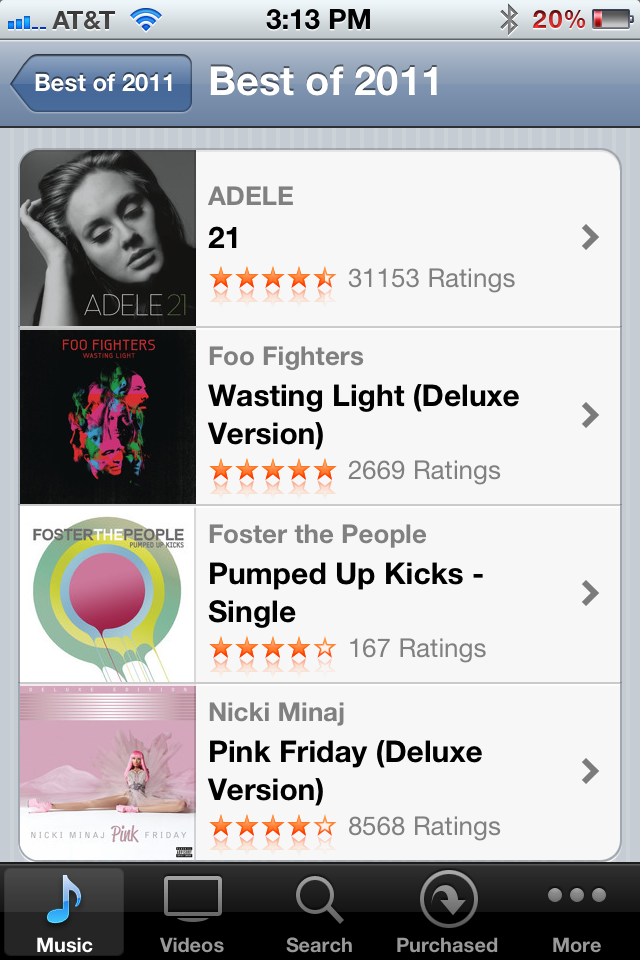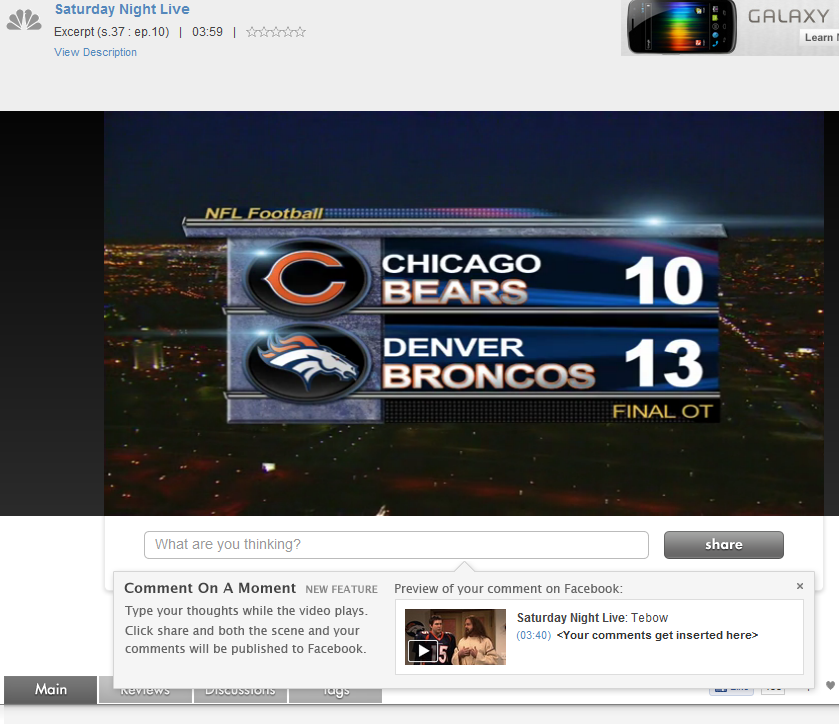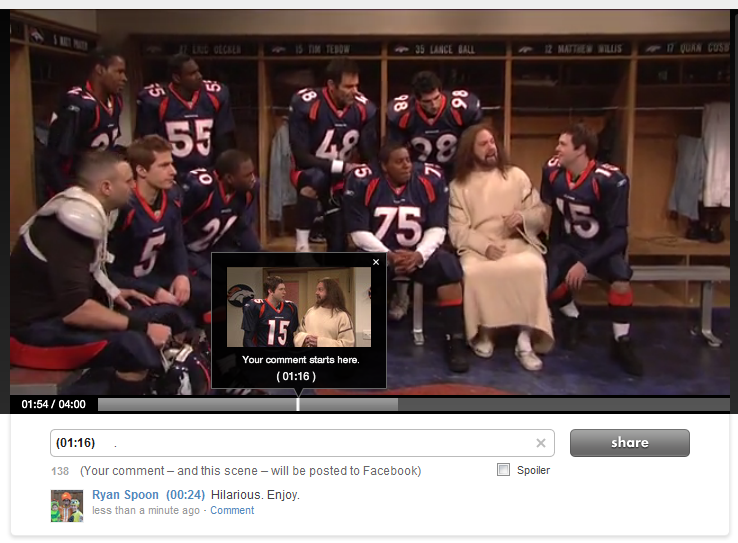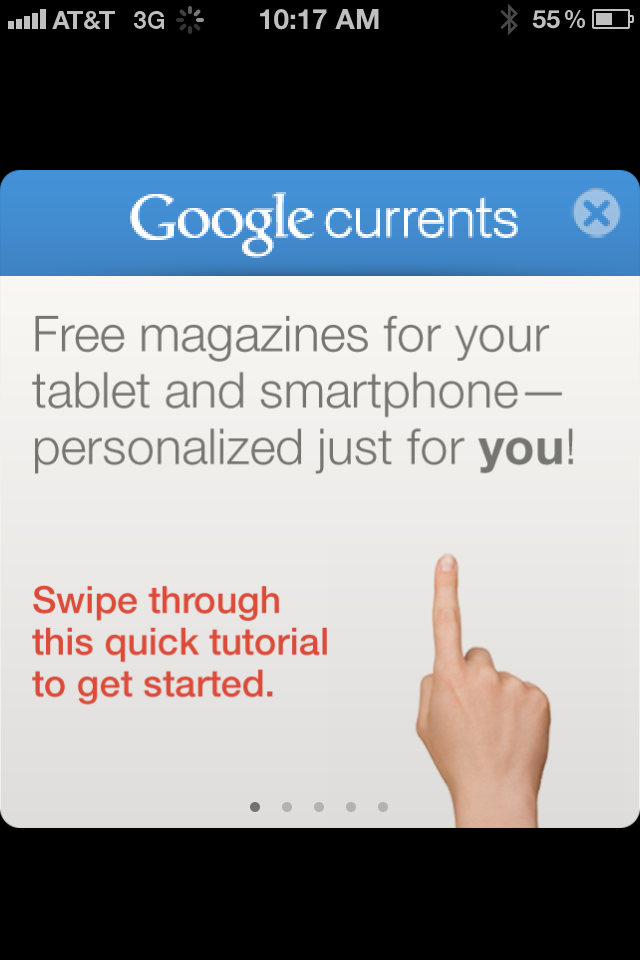Note: This article originally appeared on TechCrunch ("How To Create An Early-Stage Pitch Deck For Investors").
It is the first in a series of posts / decks that I will be doing on those questions I get asked most commonly. Of course we will start with the question I get most: how to create a great pitch deck!
When raising capital, a combination of your company’s product, vision, team and execution are what ultimately attract investment. And while the pitch deck is ultimately less important than vision and product, it exists to convey both elements and get investors hungry for more.
Like other investors, I come across hundreds of pitches each month — some in person, others in email; some as PowerPoints, and others as full-fledged business plans. Your goal is to craft a deck that is both:
- crisp: succinct enough that it is easily digestible (in person, email, etc)
- and complete: thorough enough that it conveys the big vision and current traction
I looked back on many of the pitches I reviewed over the last couple years (good and bad) and compared it to public pitch decks of familiar, successful companies like Airbnb, Foursquare, and Mint. The output is this guide to creating an early-stage pitch deck. It’s intended for companies seeking seed and series A investments.
There are five core themes followed by a suggested structure:
1. Have a great one-liner
2. Know your audience
3. Keep it to 10-15 slides
4. Beware of the demo
5. Expect the deck to be shared
And remember: it’s the story and the conversation that is important – not the imagery and colors. If you can convey the passion that drives you (and your users / customers!), you will have created a powerful pitch deck.

